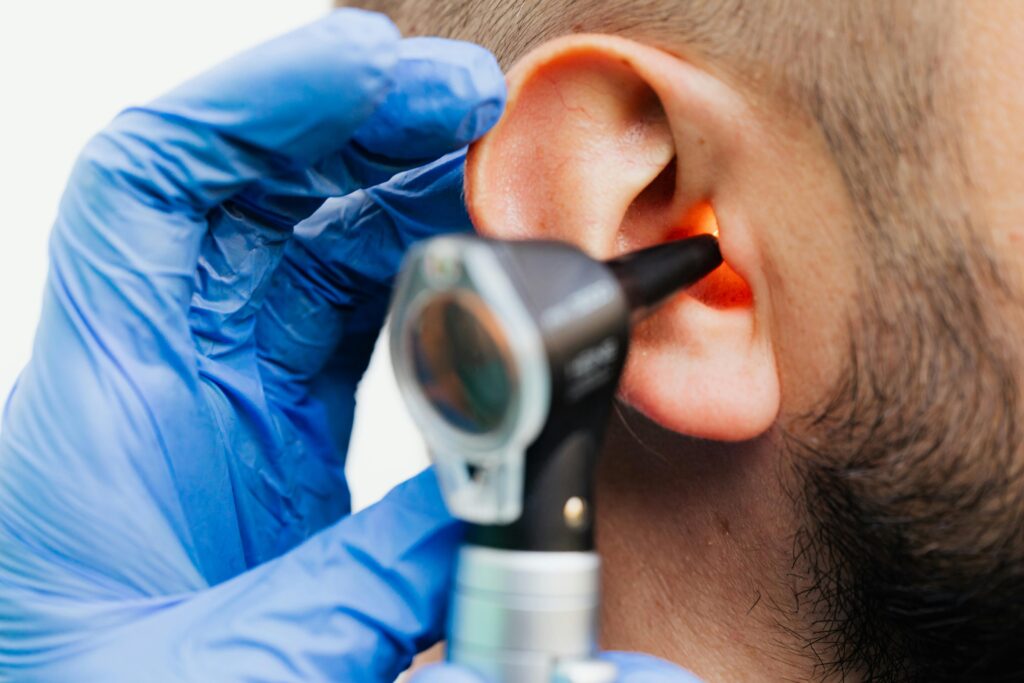“Ever wondered if your dog’s head tilt during thunderstorms is more than just cute? Or why your cat suddenly ignored her favorite squeaky toy?” These seemingly small changes can hint at hearing issues, and catching them early could save you thousands in vet bills. If you’re diving into pet insurance options, understanding Tympanometry Tests—a key diagnostic tool—can ensure your fur baby gets the care they need without breaking the bank.
In this post, we’ll unravel what tympanometry tests are, how they work, and why they matter for pets insured under plans covering auditory health. You’ll learn:
- What a tympanometry test actually measures (and why it’s not as scary as it sounds).
- Why these tests should influence your choice of pet insurance.
- Practical steps to advocate for your pet’s hearing care.
- Bonus tips and some brutally honest advice about navigating pet healthcare bureaucracy.
Table of Contents
Key Takeaways
- Tympanometry tests measure the function of the middle ear, helping detect hearing issues early.
- Pet insurance plans that include coverage for tympanometry tests can save money on diagnostics and treatments.
- Advocate for your pet by asking veterinarians about advanced testing options like tympanometry.
- Ignoring hearing problems can lead to costly interventions down the line.
Why Hearing Health Matters for Pets
You might think, “My dog doesn’t listen anyway, so does it really matter if he has trouble hearing?” Here’s where I’ll confess my own fail: I once ignored my senior dog’s sudden disinterest in fetching balls because, hey, she was getting older. Big mistake. It turned out to be an early sign of conductive hearing loss, which progressed faster than expected. Early diagnosis through tools like tympanometry could have spared both of us stress—and saved me $2,000 in treatment costs.

Tympanometry specifically evaluates the mobility of the eardrum and tiny bones in the middle ear. Think of it as a gentle “ping test” for your pet’s ears—non-invasive but incredibly insightful. This makes it essential for detecting conditions before symptoms worsen.
How Tympanometry Tests Work
So…what exactly happens during one of these tests? Let me break it down:
Step 1: Preparing Your Pet
Your furry friend will likely sit calmly while a small probe is placed near their ear canal. No anesthesia required! The probe emits sound waves at varying pressures, essentially checking how well the eardrum responds to pressure changes.
Step 2: Data Collection
The machine records responses from the ear drum, creating graphs called tympanograms. Sounds geeky, right? But trust me—it’s chef’s kiss for precision diagnostics.
Step 3: Interpreting Results
An abnormal result might indicate fluid buildup, structural abnormalities, or other issues. This info becomes gold when filing claims with pet insurance providers that cover diagnostic procedures.
Best Practices When Choosing Pet Insurance with Hearing Coverage
Here are five practical tips to consider:
- Read Fine Print: Ensure the policy explicitly mentions coverage for tympanometry tests and follow-up treatments.
- Ask About Co-Pays: Some policies charge hefty fees even after approval.
- Check Waiting Periods: Many policies impose waiting periods before covering pre-existing conditions or diagnostics.
- Look for Comprehensive Plans: Opt for plans covering routine check-ups AND specialized diagnostics.
- Terrible Tip Disclaimer: Don’t base decisions solely on price; cheap isn’t always better if it excludes crucial services.
Real-Life Examples of Tympanometry Success Stories
Sarah from Denver shared how her cat Max regained partial hearing thanks to early intervention enabled by tympanometry. Her insurance covered 90% of the cost, sparing her unexpected financial strain. Another case involves Luna, a golden retriever whose aggressive wax buildup was caught early, avoiding surgery entirely.

Frequently Asked Questions
Are Tympanometry Tests Painful for My Pet?
No! They’re completely non-invasive. Most pets tolerate them like champs.
Will All Pet Insurances Cover These Tests?
Not all do. Always verify specifics before purchasing a plan.
Can Humans Get the Same Test?
Yes, humans use similar technology for diagnosing hearing issues!
Conclusion: Protect Your Fur Baby’s Ears
To recap, tympanometry tests offer invaluable insights into your pet’s hearing health—and choosing the right insurance ensures peace of mind. Advocate for your animal companion, stay informed, and prioritize preventive care. Because, honestly, who wants to deal with grumpy cats ignoring you *or* massive vet bills?
Cheers to healthy pups and purring kitties,
Like a Tamagotchi, your pet’s ears deserve daily love and attention.


